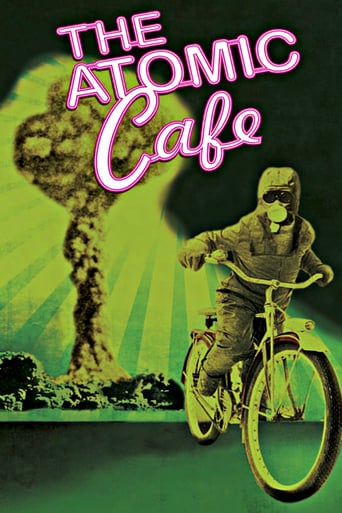


The Atomic Cafe
A disturbing collection of 1940s and 1950s United States government-issued propaganda films designed to reassure Americans that the atomic bomb was not a threat to their safety.
-
- Cast:
- Harry S. Truman , Lyndon B. Johnson , Nikita Khrushchev , Lewis Strauss , Julius Rosenberg , Ethel Rosenberg


Similar titles
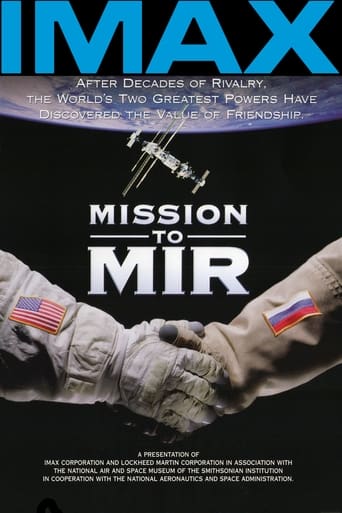
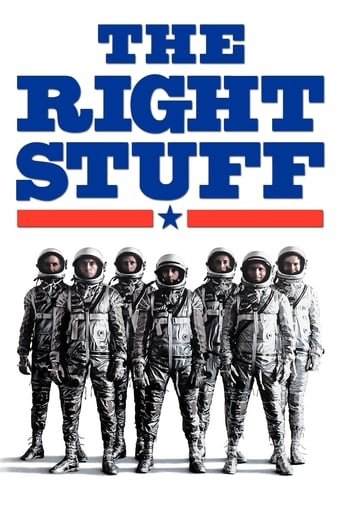
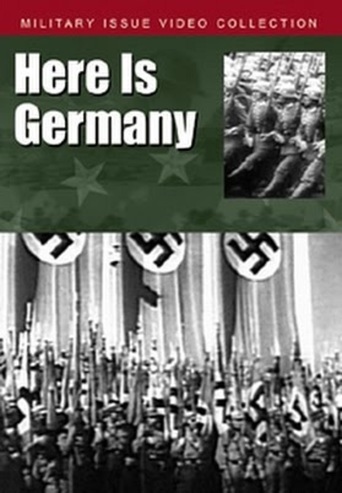
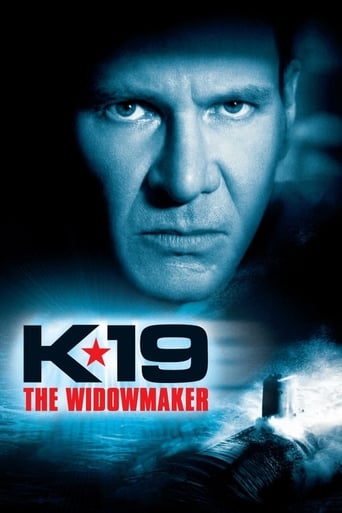
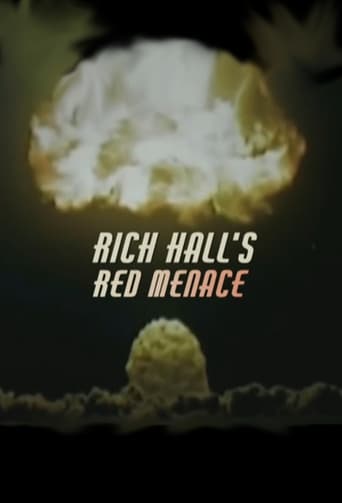

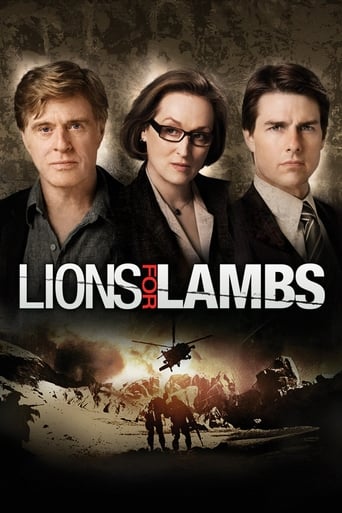
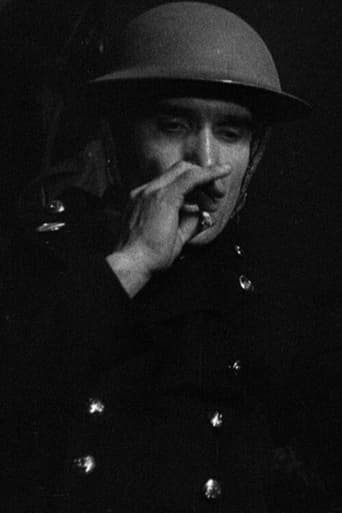
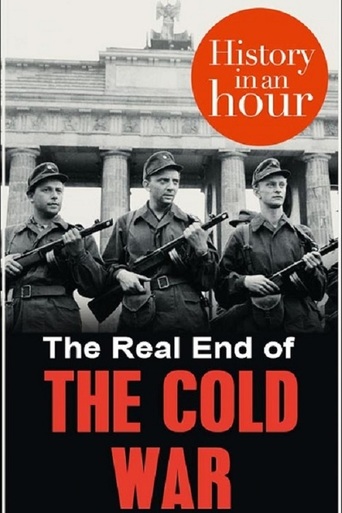

Reviews
Best movie of this year hands down!
Memorable, crazy movie
While it doesn't offer any answers, it both thrills and makes you think.
The storyline feels a little thin and moth-eaten in parts but this sequel is plenty of fun.
Pros: Darkly comedic collection of outdated propaganda films, archival footage and so on, soundtrack filled with obscure tunes, final scene featuring Hungarian Rhapsody #2, glad it's selected by the National Film RegistryCons: Not for the fate of heartIT'S A BOMB , DUCK AND COVER
Travel with us now if you will to the mid 1950s, when it wasn't only fear we were to fear, but the atomic bomb and the grinding pelvis of Elvis Presley. This is a nice documentary made up of a collection of American propaganda films and material from newsreel archives. Various nuclear-themed clips from the 1940s and 1950s. Building of the atomic bomb and the devastation it left in Japan. Thoughts of the H-Bomb and how it would/could be used. Washington's Communist witch hunt and the notorious trial of Julius and Ethel Rosenberg. Actually a well pieced together history of our lives and fears. Footage of the Bikini island test; atomic mushroom clouds and footage of school children learning to "Duck and Cover". Sometimes humorous; sometimes dour...Atomic City to Nagasaki. Educational look at the dark side of Cold War America. Appearing through archive footage: Dwight D. Eisenhower, Paul Tibbets, Richard Nixon, Harry S. Truman, Lloyd Bentsen, Val Peterson, Lyndon B. Johnson and Hugh Beaumont.
Compilation films rest somewhere flanked by documentary and experimental, comprised entirely of newsreels, training films, home movies and other archive footage. The general intent is to displace archive materials from their initial circumstances so as to redefine what they show, which frequently trusts the logical overlap between the inborn standpoint of the initial excerpts and its revolutionary reprocessing, a bringing of political character to concealed connotations. The result is what many consider a black comedy, but the humor is largely incidental, Much of it coming from we the modern audience's reaction to the footage from decades ago, not to mention the use of obviously party-line songs from the time to complement the ideas on screen.This scandalous, sobering and shrewd work of "compilation verite" is directed, or edited rather, by Jamie Loader and Kevin and Pierce Rafferty, and is a dark lampoon of the disturbing propaganda bounding the government's attainment, enhancement and trial of both the atomic and hydrogen bombs. The film is an craftily marshaled patchwork of authorized madness, hauled from a wide-ranging collection of propaganda films initially made to placate the American people by deflating the ramifications of nuclear consequences.Despite the independent and tutorial intentions behind such government films as The Magic of the Atom, other films like Duck and Cover were made to comfort the people that they could be protected in a nuclear holocaust, that the resilient and prepared would endure. Some of the most tragic scenes in the movie watch grade- and high-school kids taking part in civil defense programs. Girls in home ec show their canned goods intended for post-nuclear survival, and it's plain on their faces that they've no inkling of how they'd endure nuclear war, and not much expectation of doing so. Kids are instructed by adults in shots from educational films, and it must scarcely have been comforting to hear about your "chances" in a nuclear war.By assembling all these archive resources the filmmakers take us on an excursion so despicable and mirthful that it'd only have been made feasible via misinformation. This half-decade collaborative effort from the three directors opens with the atomic explosion that consummates the Trinity Test, and which paves the road for the bombs released over Japan. The film interlaces transitions without the aid of any voice-over narration. Instead, it adjusts in and out of radios and TV programs, poetically mingling events together through associative cutting. One such edit cuts from what seems like a Navy periscope lens to the square tube of a television screen in an American home. The correlation incites us to ponder the impression of being watched, subconsciously underlining the filmmaker's observation that those in control cannot be believed. Such edits take the audience through the crucial moments and scenes that shape the increasing phobia of communism, reaching a pinnacle with the start of the Korean War, and Truman's warning he'll use the atomic bomb afresh.The annotations of a cartoon clip illustrating a small man being enveloped by mixed hands maintains when people are mystified they'll heed any voice that can identify their problem and advise a treatment. What seems like an induction of communism seamlessly transitions into footage of Eisenhower being elected into office. The suggestion that America is governed by totalitarians is involved when Eisenhower's speech about America's godly wealth coincides with a montage showing the growth of consumerism from tube tooth-paste to TV dinners. This inspired sequence fittingly frames the United States' whole case for the atomic bomb as its single defense against a Soviet menace to fries and hamburgers.As in Stone's JFK, Eisenhower again cautions the people about the relocation of power from the simple, modest musket and canon all the way to the hydrogen bomb in one life span, apparently contending how the developments in science have surpassed the sensory and scholarly aptitude of most Americans. However spoken certainties feel vulnerable to the far-reaching bombardment of visual propaganda this cult classic hurls at us. This just shows the film's genius for discarding academic "certainty" to emphasize the incongruity and skepticism needed to manufacture "counter-propaganda", evading "filters" with the purpose of taking on beliefs.The candid or verite moments the film shows partiality towards are hinted by the insertion of such upfront moments as Truman caught smiling before the news cameras before giving a grim address about the A-bomb. Such flickers of reality or moments caught live, like footage showing the trouble a man has saying "stethoscope" while reporting Ethel Rosenberg's execution, are conflicting with the impression of government as a foolproof establishment impervious to censure.Maybe the film's declining the people any facets besides the truth of their unwariness is more connected with The Atomic Café's deduction of the public from its philosophical recipe. But to justify the filmmakers, one must understand that the distress of the materials they've assembled occupies the concern and standing of the atomic bomb itself, which, unlike other civic matters, has turned a 180 in the last 50 years.By amassing misinformation or fabrications renouncing the truth of nuclear war, this, one of the most incisive, embittered and horrifying looks at propaganda, McCarthyism, American paranoia or the self-induced threat of annihilation, exposes our deficiency of challenge to the apprehension produced by political propaganda and the party-line discord that followed. Whether Americans of the era didn't have the capability to challenge or rebuff this propaganda is a contentious fact.
With the current regime threatening the nuclear option in the middle east, I hope that this documentary sees a new audience. I remember finding a pamphlet showing what would happen if LA was bombed. In our circle, we would have experienced some physical affects, but not immediate death. As a 6 year old reading that I thought of my grandparents who lived in the inner circle. The stilted, self-satisfied voice-over readers, and the juxtaposition of real bomb footage and stranger than fiction instructional films is surreal. The duck and cover segment, well, we had to do that at school. Surely we are not operating under the same misconceptions that a nuclear strike is sanitary. This is really a historic document.
